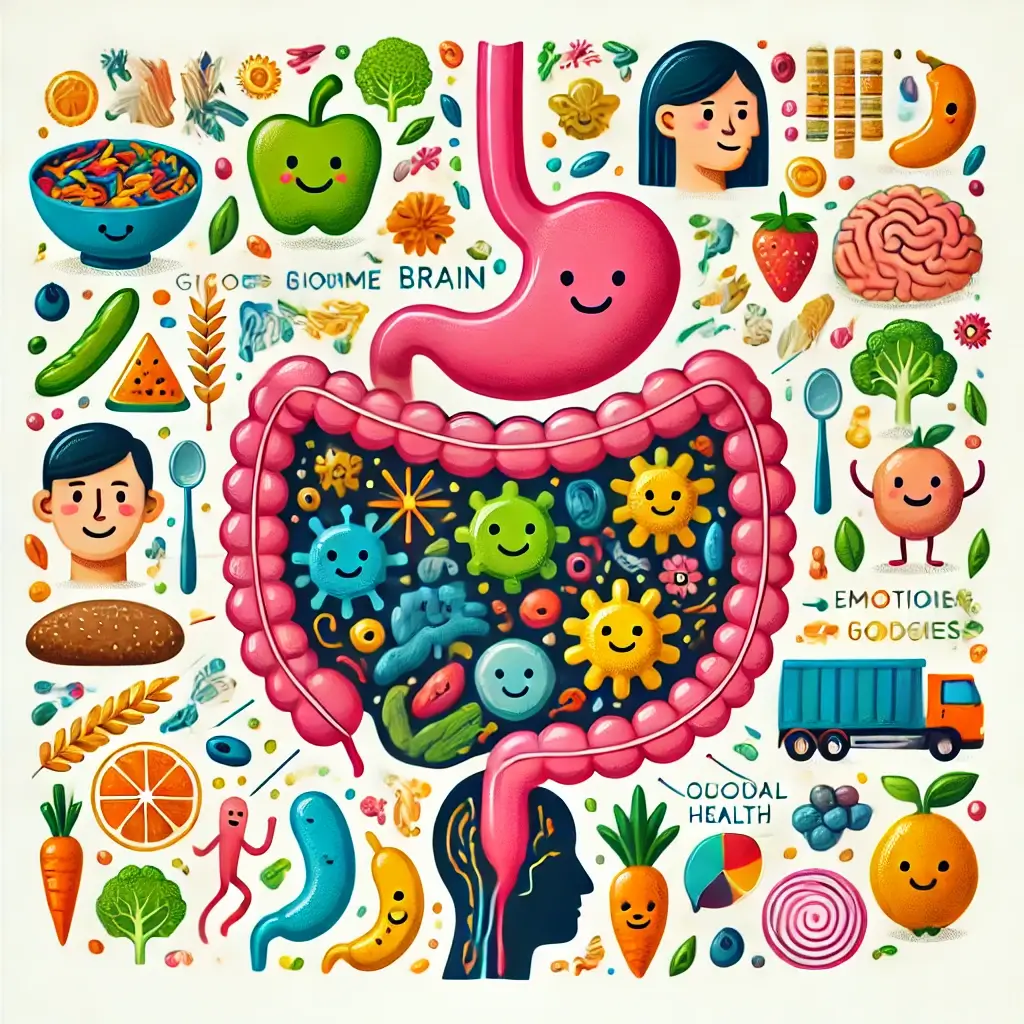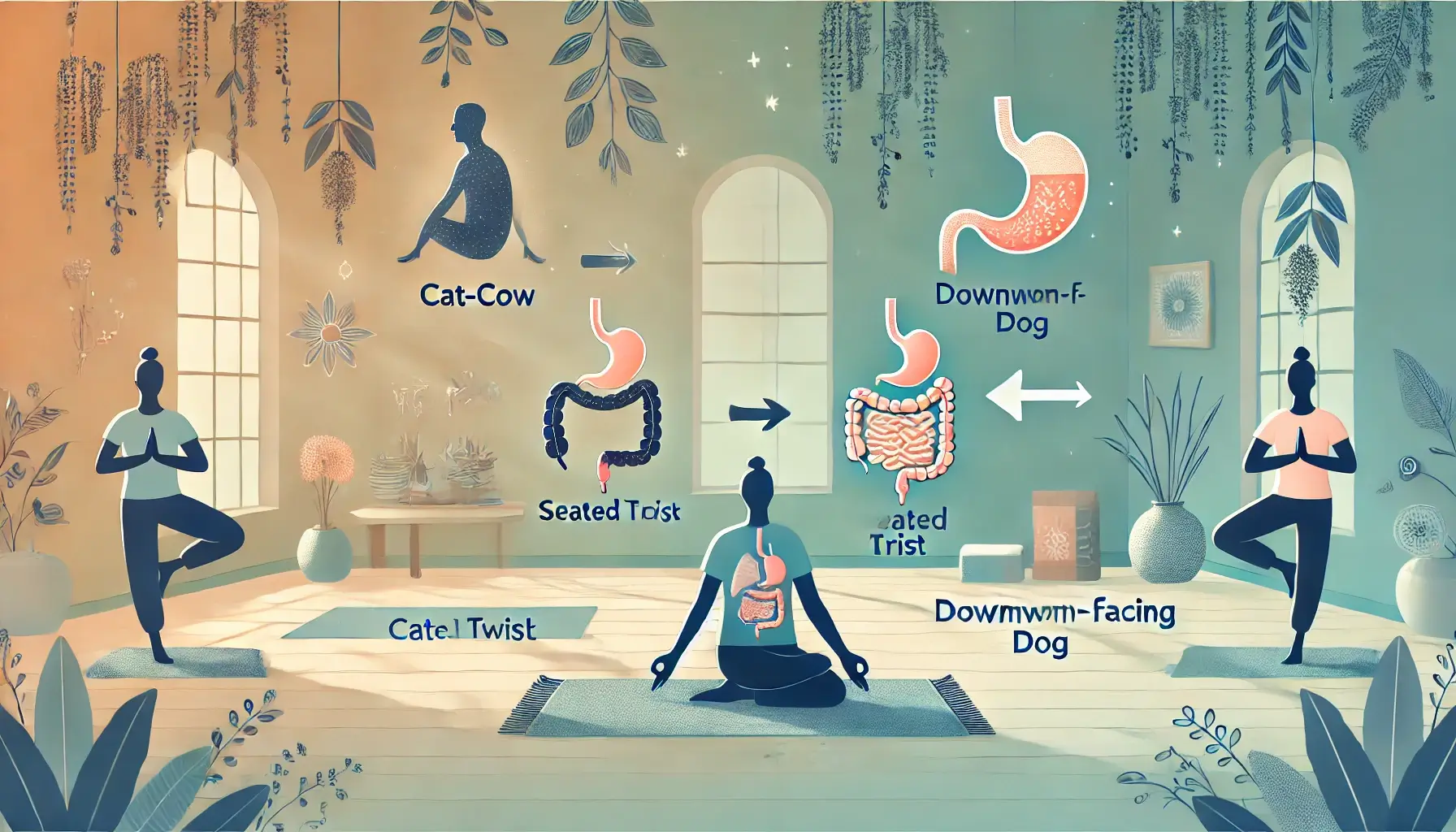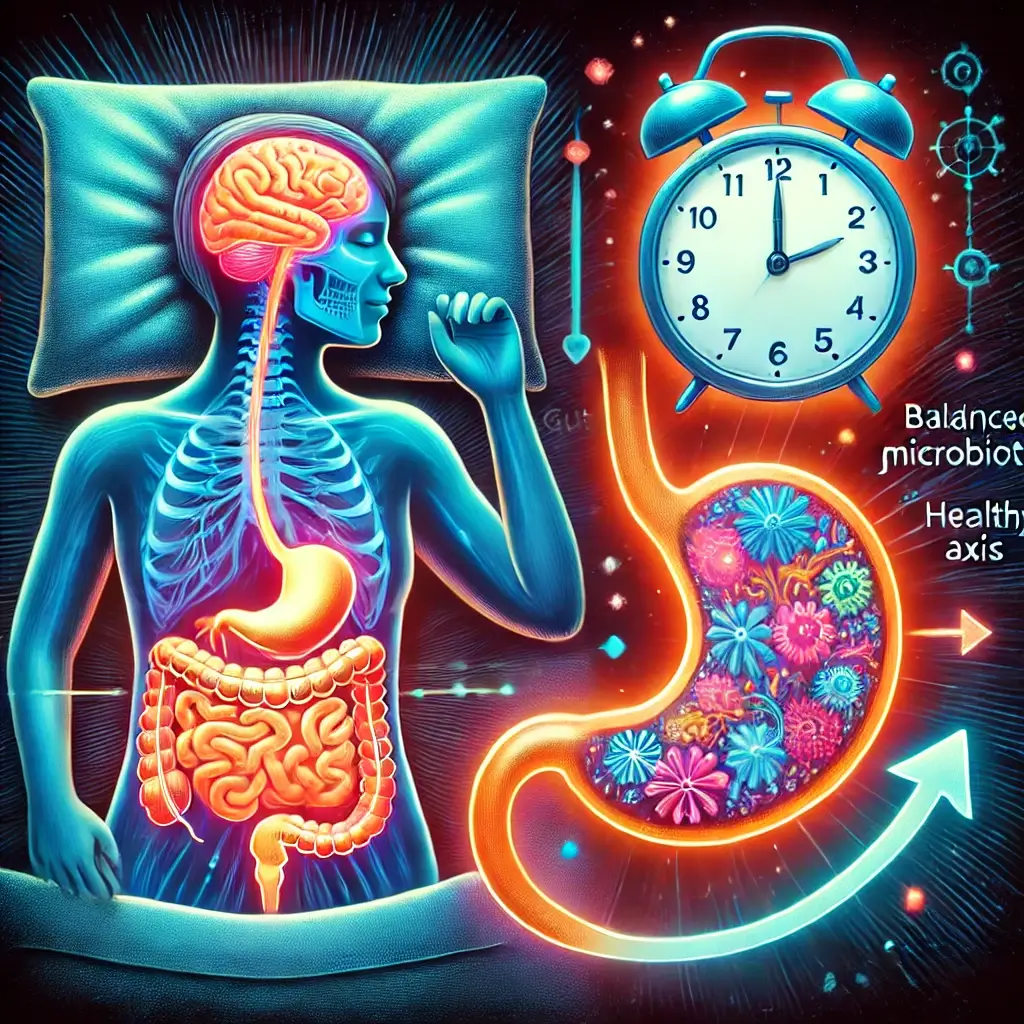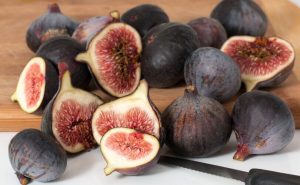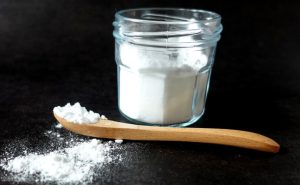Understanding Your Second Brain: A Scientific Guide to Optimal Gut Health
Understanding the Human Gut’s Role in Health
The human gut, often referred to as the “second brain,” is a complex organ system that plays a critical role in overall health. Beyond its primary function of digestion and nutrient absorption, the gut is a command center for immunity, hormone regulation, and emotional well-being. Its importance is underscored by the presence of the gut microbiome, a vast network of trillions of microorganisms that influence everything from metabolism to mood.
The Connection Between Diet and Gut Health
In recent years, scientific research has illuminated the profound connection between diet and gut health, particularly emphasizing the role of dietary fiber. Fiber, found in plant-based foods such as fruits, vegetables, grains, and legumes, is a nutrient that humans cannot digest. Instead, it serves as food for gut bacteria, fueling their growth and supporting their diverse ecosystem. This seemingly humble nutrient has far-reaching effects, promoting gut health, reducing the risk of chronic diseases, and enhancing overall wellness.
The Importance of Fiber Consumption
Despite its importance, fiber consumption remains alarmingly low in many parts of the world. This article delves into the science behind the gut-fiber connection, examining how fiber promotes gut health, supports systemic functions, and offers practical guidance for integrating more fiber into your diet.
Medical Research Insights on Fiber and Gut Health
1. Fiber Fuels a Healthy Microbiome:
Dietary fiber acts as a prebiotic, providing nourishment for beneficial gut bacteria. These bacteria ferment fiber in the colon, producing short-chain fatty acids (SCFAs) such as butyrate, acetate, and propionate. These SCFAs have potent anti-inflammatory properties and serve as an energy source for colon cells, enhancing gut lining integrity.
A 2020 study published in Cell Host & Microbe revealed how a high-fiber diet reshapes the gut microbiome, increasing beneficial bacteria while suppressing harmful strains. This study highlights fiber’s critical role in maintaining gut balance and preventing conditions like gut dysbiosis (Cell Host & Microbe, 2020).
The Impact of Microbial Diversity
2. Promoting Microbial Diversity and Resilience:
Gut microbiome diversity is a marker of health and resilience. A 2020 meta-analysis in Microbiome found that individuals who consumed diets rich in fiber had significantly higher microbial diversity compared to those on low-fiber diets. This diversity is linked to improved digestive function, a stronger immune system, and reduced susceptibility to infections (Microbiome, 2020).
Disease Risk Reduction Through Fiber
3. Reducing Disease Risk:
Fiber has been shown to lower the risk of colorectal cancer, a leading cause of cancer-related deaths globally. A review published in The Journal of Nutrition (2019) concluded that individuals with high dietary fiber intake had a 20-30% lower risk of developing colorectal cancer. This protective effect is attributed to SCFAs, which inhibit cancer cell growth and reduce inflammation in the gut lining (Ferreira et al., 2019).
Systemic Health Benefits of Fiber
4. Systemic Benefits of Fiber:
Beyond its local effects in the gut, fiber has systemic health benefits. A 2021 article in Nature Reviews Gastroenterology & Hepatology highlighted fiber’s role in regulating blood sugar, lowering cholesterol levels, and reducing systemic inflammation. These effects make fiber a key component in the prevention of metabolic conditions like Type 2 diabetes and cardiovascular diseases (Nature Reviews Gastroenterology & Hepatology, 2021).
Practical Implementation of Fiber-Rich Diet
To experience the full benefits of fiber, it is essential to incorporate a variety of fiber-rich foods into your diet. Here’s how:
Start with Breakfast: Choose whole-grain cereals or oatmeal topped with fruits like berries or bananas.
Incorporate Vegetables into Every Meal: Add leafy greens, broccoli, or carrots to soups, stews, or salads.
Snack on Fiber-Rich Foods: Replace chips and cookies with nuts, seeds, or fresh fruit.
Experiment with Legumes: Include beans, lentils, or chickpeas in curries, salads, or spreads like hummus.
Stay Hydrated: Drinking enough water is crucial when increasing fiber intake to support digestion and prevent discomfort.
Aim to consume 25-35 grams of fiber daily, gradually increasing your intake to avoid gastrointestinal discomfort. By doing so, you can cultivate a thriving gut microbiome and improve your overall health.
Final Thoughts on Fiber and Gut Health
The connection between fiber and gut health is both profound and undeniable. By serving as fuel for beneficial bacteria, promoting microbial diversity, and reducing the risk of chronic diseases, fiber emerges as an indispensable component of a healthy diet. Incorporating more fiber into your daily meals is a simple yet powerful step toward a healthier gut and a more resilient body. With consistent effort, you can harness the transformative benefits of fiber and build a foundation for lifelong health.
Research References
Ferreira, C. M., et al. (2019). Gut microbiota modulation as a novel therapeutic approach for colorectal cancer. The Journal of Nutrition, 11(9), 2056. https://doi.org/10.3390/nu11092056
Editorial Team. (2020). The impact of dietary fiber on gut microbial diversity: A meta-analysis. Microbiome, 8, 121. https://doi.org/10.1186/s40168-020-00847-3
Canfora, E. P., et al. (2021). Gut microbiota and health: Regulating metabolic and inflammatory pathways. Nature Reviews Gastroenterology & Hepatology, 18(5), 321-336. https://doi.org/10.1038/s41575-021-00421-3
Wu, G. D., et al. (2020). High-fiber diets and the gut microbiota. Cell Host & Microbe, 27(2), 264-276. https://doi.org/10.1016/j.chom.2020.01.006
